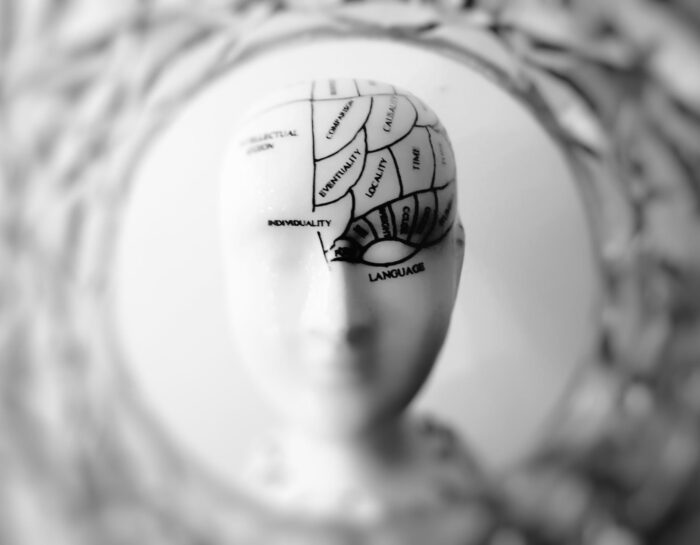11 Key Ways To Reduce Your Risks For Stroke
By Chef K.T. Murphy
Strokes don’t usually occur with warning and no one can foresee the exact time when a stroke will occur. Fortunately, there are ways to reduce your risk for stroke.
While you can’t change a genetic predisposition to stroke or your age, there are things you can change, including the following:
- Smoking is one of the major risk factors for having a stroke. Smoking increases the risk for stroke and, if you are a cigarette smoker, you need to quit. Smoking causes blood clots in the brain and can increase your chances of having a stroke.
- If you are a drinker, you need to drink moderately. That means drinking no more than 2 drinks per day (for men) and more than 1 drink per day (for women). It is not a good idea to drink even on weekends, even if you haven’t had anything to drink for the past week.
- Decrease your sodium intake to no more than 2,300 milligrams per day. If you are over the age of 51, you need to decrease your sodium intake by no more than 1500 milligrams per day.
- You need to decrease your intake of cholesterol, total fat, and saturated fats. Unsaturated fats are okay to eat. You also need to eat less red meat and sugar. The mainstays of your diet should consist of nuts, seeds, beans, poultry, fish, whole grains, low fat dairy products, fat free dairy products, fruits, and vegetables.
- Exercise can help reduce the risk of stroke by improving the stamina of the heart and by improving your circulatory system. Exercise boosts HDL cholesterol, which takes cholesterol back to the liver, reducing your stroke risk.
- You can reduce your stroke risk by helping your doctor manage your high blood pressure. You can also lower your cholesterol by eating fruits, vegetables, and eating a diet low in salt. If you already have high blood pressure, you need to take the medications prescribed by your doctor.
- Elevated cholesterol levels can cause fatty plaques to build up on your arteries, reducing their flow and increasing the chance that you will have a stroke. Elevated cholesterol levels cause atherosclerosis, which involves a lack of blood flow to the brain. Try diet and exercise first; however, if these don’t work, you may need to take medications to control your high cholesterol levels.
- Atrial fibrillation is a major cause of stroke and often causes bigger strokes when compared to strokes from other causes. You need to treat atrial fibrillation with medications that can prevent blood clots from forming on the inactive wall of the atrium, thus decreasing the risk of embolic strokes.
- Diabetes can increase your risk of stroke four-fold. About 2/3 of patients with diabetes will eventually die of a heart attack or stroke. For those with type 1 diabetes, closely monitoring the blood sugar and insulin use will decrease your chances of having a stroke. Type 2 diabetics may need to take metformin and must exercise in order to reduce their risk of stroke.
- Researchers out of Germany studied a hundred men who had angina or mild chest pain. They had some of them exercise on a stationary bicycle, while others had an angioplasty. Those who had the angioplasty had a high risk of stroke, while those who rode a bicycle didn’t have a high risk of stroke. If you already have chest pain, you need to see your doctor before starting an exercise program.
- There have been many studies suggesting that eating dark chocolate can decrease the risk of stroke. It’s the flavonoids in dark chocolate that are responsible for reducing the risk of stroke because they keep the arteries flexible. Other things about dark chocolate that reduce the risk of stroke are that it reduces blood clotting and keeps LDL cholesterol (the bad cholesterol) from clotting; making it less likely that you’ll have a stroke.

